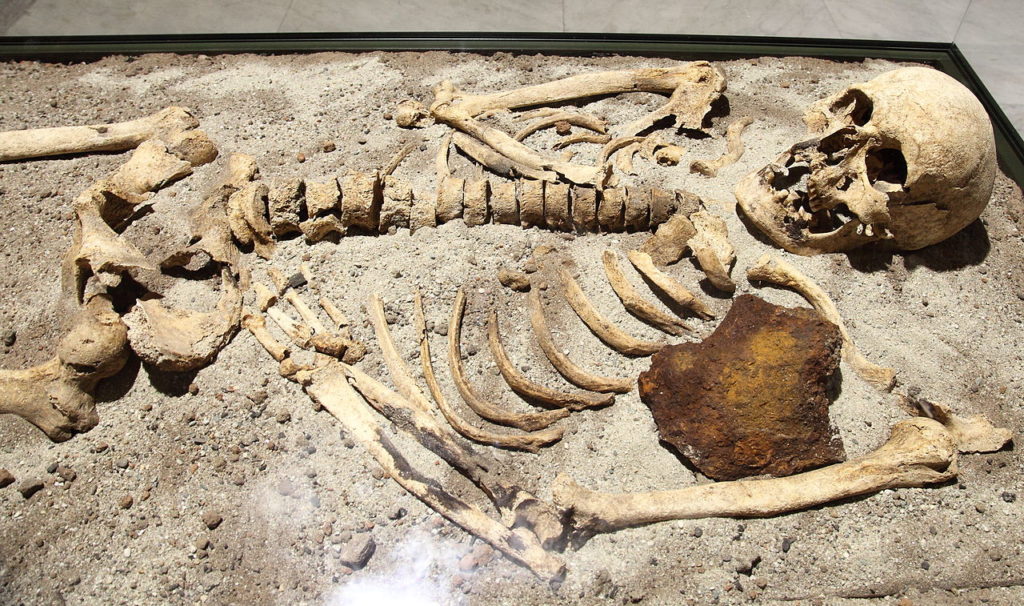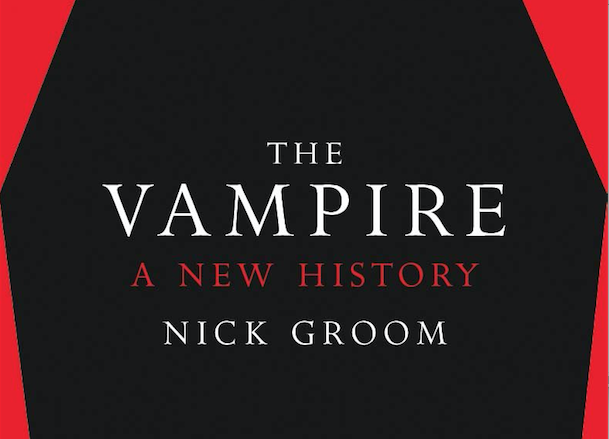The word “undead” is a funny old thing. It is used in fantasy and folklore to mean neither alive nor dead when if you’re not one you’re surely the other – it’s a paradox that we let go with a wave of the hand.
The vampire is perhaps the most enduring and evolving memory of that bestiary. From Nosferatu’s sepulchral plague rat in 1922 to the rebels without a pulse of 1987’s The Lost Boys and Near Dark, we’re supposed to read the trope as eternal and unchanging, but we can see the change right before our eyes.
The vampire we know, argues Professor Nick Groom in The Vampire: A New History, is a relatively modern construction, its true lineage masked by myriad folktales and precursors as effectively as Hammer’s cunningly disguised Johnny Alucard (Dracula A.D. 1972).
With the unflappable pace of a phantom coachman, Groom takes us to Year Zero – an outbreak of vampire panics stemming from the Serbian communities of the Austrian Empire’s newly acquired Balkan marches. The cases of Arnold Paole and Petar Blagojevich, both ethnic Serbians, who were reported to have returned from the dead in 1726 and 1725 to predate upon their communities, were investigated by the bemused Austrian occupiers, who produced detailed accounts of the hysteria from their new frontier.
These tales, recorded by ‘credible’ witnesses, brought a medley of Balkan folk beliefs into the salons of Western Europe, where men of letters and men of science debated their veracity. Broom posits, however, that the early 18th century outbreak wasn’t an ancient remnant of ‘wild Europe’ being encountered by ‘modern Europe’ for the first time, but itself an outlier that saw older fears about cannibalistic cadavers, shape shifters and witches explode into life as a result of religious and geopolitical anxiety.

From here the vampire shrugged off its earthy grave garb and donned a splendid litany of new fears, which Groom charts chapter-by-chapter. From outbreaks of cholera and the miasma theory of disease, to suspicion of emerging surgical procedures and grave robbing, to the Romantic artists and poets with their lifeless belles dames whose ruby red lips lead men to ruin.
With these thinkers, the earlier gaggle of overlapping myths take solid form as a literary trope and a folkloric archetype, from which an Irishman with a fondness for train timetables, Bram Stoker, is gifted Count Dracula, his powers, his appearance, his homeland and his habits.
So much territory is taken in that some of it might prove a challenge – the bickering of Enlightenment philosophers over the true nature and reality of the vampire is a test of patience if you’ve boarded the ghost train for a history of horror. That however is testament to the thoroughness of Broom’s case: in leaving no stone unturned it’s inevitable that some subjects might prove more challenging than others.
Like the vampire itself in that regard, so broad is its shadow across popular culture that one man’s Carmilla is another man’s (Edward) Cullen.
The Vampire: A New History by Nick Groom is out now from Yale University Press priced £16.99.
